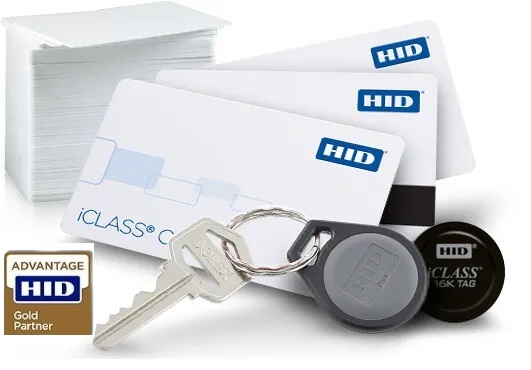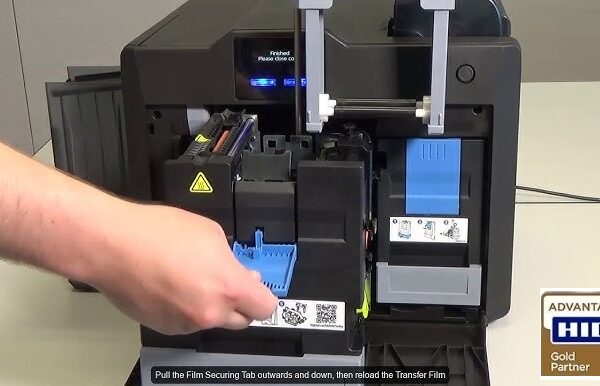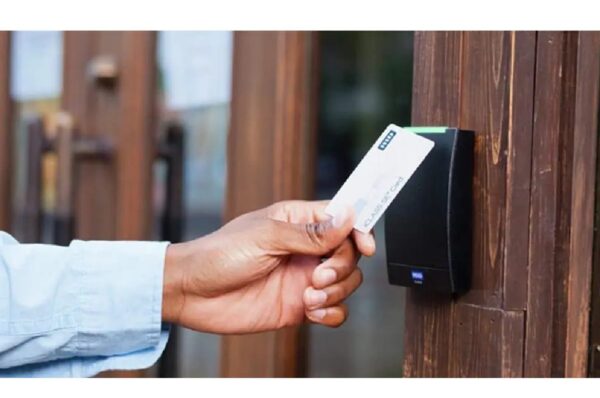HID stands for Hughes Identification Devices, and it is a brand name that has evolved into HID Global, a leading multinational company specializing in secure identity solutions. Essentially, HID is used for powering trusted identities for people, places, and things.
In simple terms, if you have ever used a badge to open a door at work, logged into your computer with a smart card, or printed an ID card, there’s a very high chance you’ve interacted with an HID product.
Here is a breakdown of what HID (HID Global) is used for:
-
Physical Access Control: This is perhaps their most well-known area. HID provides the technology that allows people to securely enter buildings, offices, and restricted areas.
- Access Control Cards/Credentials: From basic Prox cards (125 kHz) to highly secure iCLASS, iCLASS SE, and Seos smart cards (13.56 MHz, often with AES encryption), these are the “keys” that users carry.
- Card Readers: Devices like the HID Signo readers or iCLASS SE readers that scan the cards and communicate with access control panels to grant or deny access.
- Controllers and Software: The “brains” behind the access control system that manage permissions, monitor entry/exit, and integrate with other security systems.
- Mobile Access: Increasingly, HID enables mobile phones and smartwatches to act as secure credentials for opening doors via Bluetooth or NFC.
-
Logical Access Control (IT Security): Beyond physical doors, HID secures access to digital resources.
- Multi-Factor Authentication (MFA): Providing strong authentication solutions for logging into computers, networks, cloud applications, and VPNs, often using smart cards, USB tokens, or mobile apps.
- Digital Certificates/PKI: Solutions for secure digital signatures and encrypting online communications.
-
Secure Issuance and Card Personalization: HID is a major player in creating and printing secure ID documents.
- ID Card Printers (Fargo brand): Printers like the FARGO HDP5000 or DTC1250e are used to print high-quality, durable, and secure ID cards, employee badges, student IDs, and government credentials.
- Encoding Modules: These printers often include modules to encode smart chips (RFID) or magnetic stripes on the cards during the printing process.
- Lamination and Holographic Overlays: Adding layers of security and durability to printed cards.
-
Biometric Identification: HID offers a range of biometric solutions for identity verification.
- Fingerprint Readers: For strong authentication based on unique biological traits.
- Facial Recognition: Increasingly used for identity verification in various applications.
- Biometric Enrollment Devices: Used to capture and enroll biometric data.
-
RFID Tags and Readers (for Things): Beyond people, HID extends its identification technologies to objects.
- Asset Tracking: RFID tags are used to track valuable assets, inventory, and equipment in logistics, manufacturing, healthcare, and retail.
- Laundry Management: RFID tags embedded in uniforms and linens for automated tracking in hospitals or hotels.
- Supply Chain Management: Improving visibility and efficiency in complex supply chains.
-
Government and Citizen ID: HID is a key provider for national identity programs.
- e-Passports and e-IDs: Supplying the secure components and systems for electronic passports and national ID cards.
- Border Control Solutions: Readers and systems for verifying travel documents and identities at borders (like the BGR750 reader we discussed).
-
Payment and Loyalty Systems:
- Cashless Vending: Smart cards used for payments in cafeterias or vending machines.
- Loyalty Programs: Cards that securely store points or rewards.
Summary: HID is used to create and manage secure, trusted identities across a vast spectrum of applications, ensuring that only the right people (or things) have access to the right places, physical or digital.
Their products are fundamental to modern security infrastructure in businesses, governments, educational institutions, healthcare facilities, and transportation sectors worldwide.



